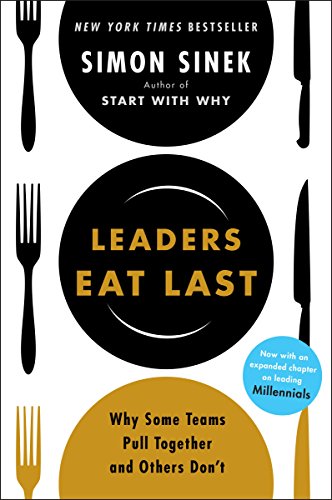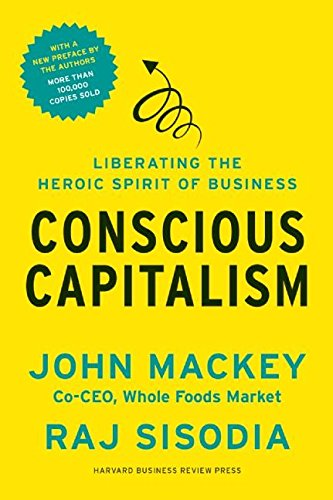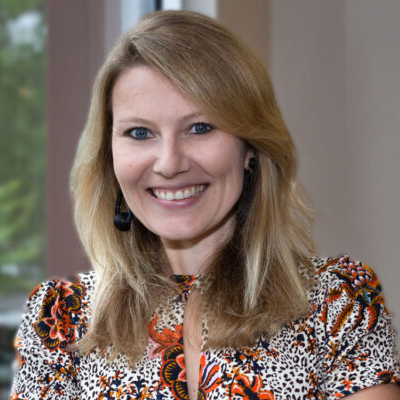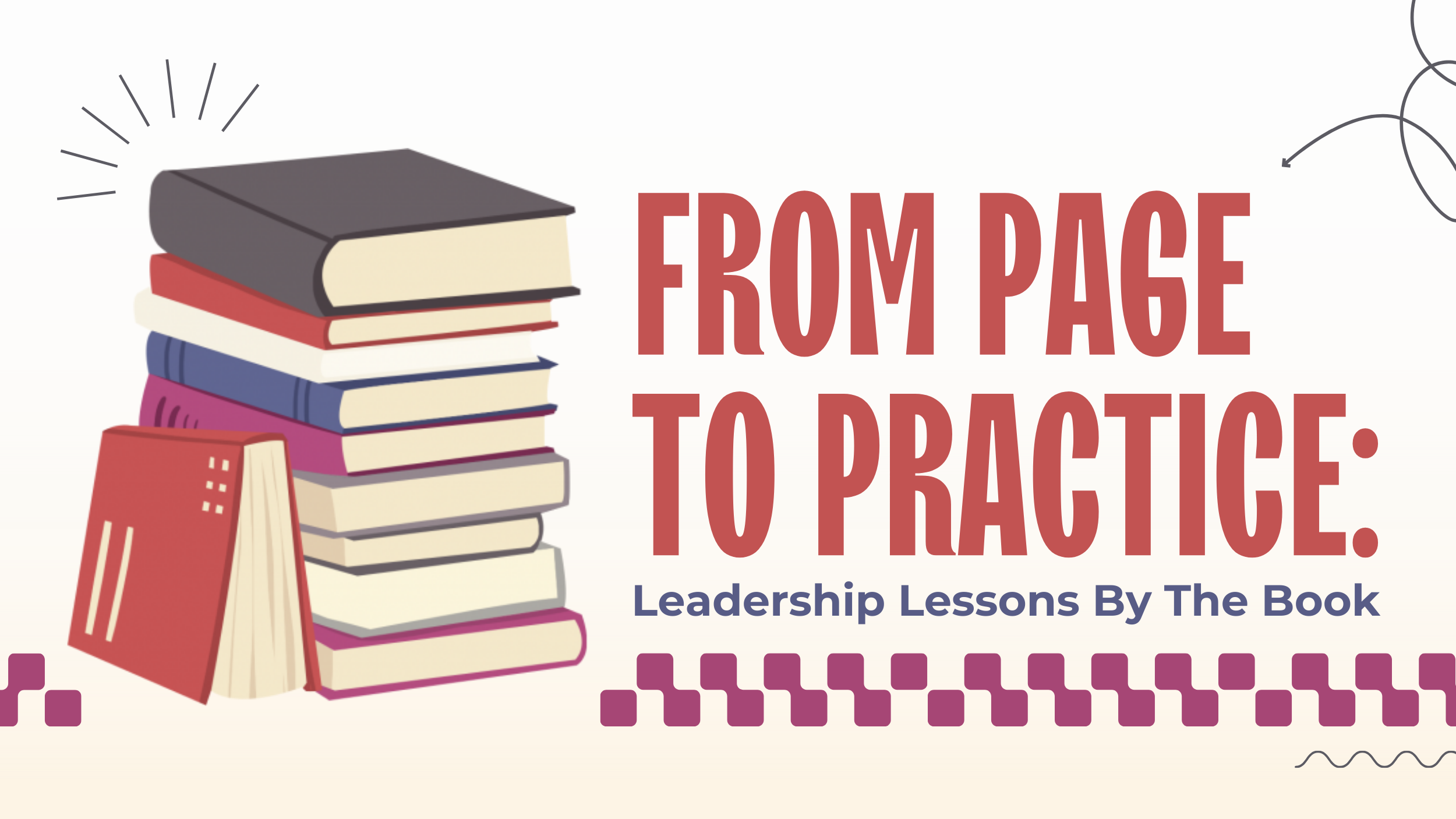Introduction
There is an overwhelming amount of content about leadership out there in the world today. Everywhere you turn, industry professionals and lifestyle gurus alike are contributing to the conversation, lending their personal input on what it means to be a leader. Whether you’re reading books, catching up on podcasts, listening to TED Talks, browsing blogs, brushing up on certification courses, or diving into articles on LinkedIn, there is no shortage of resources out there for people who want to improve their leadership abilities or expand their skillset as a leader. With so much content to consume, it can be difficult to find the ‘gems’ in the genre that impart useful, actionable wisdom.
Enter Summit. Over the past few years, our leadership team has read, analyzed, and discussed various books about leadership and business. As leaders, our goal is to supplement our existing skills and take the time to learn what we can improve about our approach and execution to leadership. As the Vice President of Communications and Marketing, this subject is especially important to me—being able to effectively communicate is a key tenant of leadership, and something that we can always improve on.
Today’s blog dives into the content of a few of these leadership books, each of which sparked conversation and contemplation in our leadership team. It also includes a book that I have read on my own, as I felt it contributed to the exploration of my career journey and my personal thoughts on leadership. Hopefully, this helps you build your own library of professional growth and development!

Book One: “Leaders Eat Last” by Simon Sinek
A bit of backstory:
Leaders Eat Last was given to me back in July of 2020 by the President of Summit himself, Troy Dover. I had just been promoted from Marketing Manager to Vice President of Communications and Marketing at Summit– an exciting step in my career! Knowing that my hard work had been recognized was an empowering feeling, especially as the world adjusted to the “new normal” of 2020. Receiving that recognition was not only a boost to confidence, but it empowered me to feel like my voice mattered. I was a young woman, in a support role, making my way in a male dominated industry. The move to make me a Vice President (VP) was a substantial risk that Troy and others on the leadership team took.
The doubt that I felt from others (some of which may have been in my head) drove me to work even harder, proving to everyone around me that I deserved the title I had earned. Eventually, I was able to conquer the notion that I had to prove myself to those around me. by focusing on a specific subject: what it means to be a good leader and how those good leaders can impact culture and teams. I discovered that Being a good leader has nothing to do with a title, where you sit in the company hierarchy, or even what you do on a day-to-day basis. It is about how you treat people, your character, values, and how you react during trials and tribulations.
I’m not sure if Troy planned it this way or not, but Leaders Eat Last was a great book for my early days in my Leadership journey.

“Leaders Eat Last” Synopsys
This book is about trusting those around you and feeling safe among your group. From the very beginning of human history–think Hunters and Gatherers–our brains and bodies evolved to help us find food, shelter, mates, and safety. We live in a dangerous world, and we thrive when we feel safe.
The author, Simon Sinek, uses the U.S. Military—United States Marine Corps in particular—to explain the importance of leaders being focused on their people. There are common themes that repeat throughout the text. The first touches on the notion that “Good Leaders” must genuinely care about those entrusted in their care. The second states that, when leaders inspire their people, those individuals not only dream of a better future but invest time and effort in learning and doing more for their organizations. In this way, true leaders inspire others to become leaders themselves.
- Human Beings have thrived for 50,000 years not because we are driven to serve ourselves, but because we are inspired to serve others. We need leaders to give us good reasons to commit ourselves to each other. (Pg. 285)
- Customers will never love a Company until the employees love it first. (Pg. 222)
- When a leader embraces their responsibility to care for people instead of caring for numbers, then people will follow, solve problems, and see to it that that leaders’ vision comes to life the right way, focusing on stability and not expediency (pg. 134)
- Trust is not formed through a screen; it is formed across a table. It takes a handshake to bind humans, and no technology has been able to replace that connection. There is no such thing as virtual trust. (pg.140)
- A company cannot buy the loyalty of their employees with salaries and bonuses. What produces loyalty, that irrational willingness to commit to the organization even when offered more money elsewhere, is the feeling that the leaders of the company would be willing, when it matters, to sacrifice their time and energy to help us. We will judge a boss who spends time after hours to help us as more valuable than a boss who simply gives us a bonus when we hit a target. (Pg. 150).
- The best organizations foster trust and cooperation because their leaders build a “Circle of Safety” that separates the security inside the team from the challenges outside. The “Circle of Safety” leads to stable, adaptive, confident teams where everyone feels they belong, and all energies are devoted to facing the common enemy and seizing big opportunities.
- A direct quote from the book: “The Rank of office is not what makes someone a leader. Leadership is the choice to serve others with or without any formal rank.”
- Sinek also states that “Truly Human Leadership protects an organization from internal rivalries that can shatter a culture. When we protect ourselves from each other, the organization suffers. But when trust and cooperation thrive internally, we pull together and the organization grows stronger as a result.”
Book Two: “Conscious Capitalism” by John Mackey
Conscious Capitalism was brought forth by Matt Bales, Summit’s Director of Strategic Initiatives, back when he first started with Summit. It was still 2020 when this book came across my desk, and coming off the heels of Leaders Eat Last, it was a good switch up to focus more on business approach instead of leadership styles.
During this time, there was much discussion about Corporate Social Responsibility, what we want our culture to look like, and who we are as a company. I was deeply involved in the first round of our Company Mission, Vision and Values in 2018. I care deeply about our company culture and values, both then and now; this initiative, therefore, was something that I am really passionate about. We had consulted a firm, and I played a large part in creating focus groups, wording projects, surveys, and presentations to share with company about our firm culture and values. This process was not done in isolation, and we had many voices and thoughtful feedback involved in the process.
When we approached the re-working of our Mission, Vision and Values in 2020, the matter became deeply personal to me. I had to take a step back several times and tell myself that change is a good thing. The book helped me work through why this change was critical to our growth as a company, which in turn pushed me to me less in the way and more of an informed voice in the process.

4 Principles of Conscious Capitalism
- Greater Purpose and Values.
- Integration of Stakeholders.
- Conscious Leadership.
- Conscious culture and management.
“Conscious Capitalism” Synopsys
This book is not specifically about Leadership, but it does cover a lot of ground about purpose driven companies, and forces you think about the questions that drive purpose such as:
- Why do we exist?
- Why do we need to exist?
- What is the contribution we want to make?
- Why is the world better because we are here?
Conscious Capitalism led to an evaluation of our Company Values. Displaying how unifying causes, greater purposes, and other company-culture-oriented directions to our company could benefit our employees, we adjusted our company Purpose, Vision, and Values. This also led to an evaluation of how we spend our Philanthropic, Marketing, and Community Relations money, and generated discussions as to how we could put it to better, more constructive uses.
It’s worth noting that there is a book called Conscious Leadership that pairs with this book.
Book Three: “True North: Emerging Leader Edition” by Bill George and Zach Clayton
This is the current book that our leadership team is reading, and another that is very timely for my career journey.
I am extremely fortunate to have a happy and healthy 18-month-old little girl. Starting a family has changed a lot about how I think, my values, how I see the world, and what my purpose is. While a lot has changed about my values and priorities there are things about myself that have not changed. I have always believed in hard work, being kind to everyone, being non-judgmental in all my interactions with people, being honest, and being a strong communicator. Empathy, compassion, and honesty are how I lead and while I know have my off days, this is how I try to keep my head on straight throughout my life. The people in life are so important to me, and I am driven by doing the right thing for the people in life whether it is family, co-workers, or friends.

“True North” Synopsys
True North: Emerging Leader Edition goes into detail about leadership and authenticity, finding your True North and North Star and dives into leadership principles. This book also focuses on the transition of leadership styles we see from generation to generation and how our “crucibles” shape our decision-making process. This is the current book that our leadership team is reading, and another that is very timely for my career journey.
So, what is True North?
“Your True North is your moral compass, it’s what grounds you and it’s your sense of right and wrong. It’s who you are and how you want to behave.”
- Zach Clayton
True North is your inner sense, or your calling, of what you want to accomplish in your life. It’s a combination of your values, your beliefs and your purpose.
What are Crucibles?
“The Crucible is an essential element in the process of becoming a leader. Whatever is thrown at them, leaders emerge from their crucibles stronger and unbroken.”
- Warren Bennis
Crucibles are significant trials in your life. Crucibles teach people that life is uncertain, and through crucibles you learn life’s most difficult lessons.
- We have gone from leaders who expect everyone to serve them to servant leaders who see their role as serving the people they lead and represent. Our job as leaders is to create the conditions for our people to thrive and realize their full potential. Twentieth-century leaders felt they had all of the answers and knew exactly what to do. Twenty first century leaders are constantly learning, even if they have been on top for many years. (pg. 7)
- Finding your True North requires soul searching, feedback, and responsibility.
- Each of us will experience a crucible in our life, whether it is life threatening or deep hurt from our youth that will leave a scar inside you- Your crucible offers a unique opportunity to understand what is truly important in life and discover your True North. (Pg.57)
- Self Awareness is the most essential determinant of your effectiveness as a leader. Developing great self-awareness begins with real reflection on your life journey, including what your crucibles reveal. (pg. 100).
- Your values are standards of behavior that are important to you; they are derived from your beliefs and convictions. Staying true to your values requires moral courage- the courage to act morally despite the risk of adverse consequences. (pg. 118)
- When you combine your motivations with a role that utilizes your strengths, you are operating in your sweet spot. (Pg.137)
- Nobody achieves a perfect balance between all aspects of life. How you make trade-offs between your career, family, friends, community, and personal life reflects your values and determines your personal life fulfillment. (Pg. 159)
- Your North Star will guide your purposeful leadership to an organization where you can align with your organization’s mission. (Pg. 198).
- To create inclusivity in the workplace, leaders must foster cultures built around a sense of belonging, where everyone feels accepted for who they are, regardless of their gender, race, religion, national origin, or sexual identity. (Pg.243)
- To navigate through a crisis, you need to be unwavering in your vision with deep understanding of how things work, summon the courage to lead your team through the storm, and be flexible and adaptable in your tactics. (Pg. 260)
- Moral leaders in business, government, nonprofits, and other walks of life are vital when addressing society’s greatest challenges.
Leading through Reading: What’s Next?
The next book on my list is Dare to Lead: Brave Work. Tough Conversations. Whole Hearts by author Brene Brown. This book dives into what actions really define leadership, especially within the context of our current cultural climate. I have only made it a few pages into this book, but I have a feeling it will be a favorite!
Overall, the lessons that leadership bring are unique to everyone. After all, being a leader is not a one-size-fits-all gig. It’s something that takes practice, commitment, and introspection. What these books provided was a tool to navigate that inner world, providing me with a means of reflecting on my choices and the choices of those around me. A real leader takes every opportunity to learn and grow, and that’s exactly what I plan to continue doing.

About the Author
Ginny Kirk Andrews is the Vice President of Communications and Marketing at Summit. She manages the workflow of the marketing department, which is integral to winning work for our firm, and leads community involvement efforts—all while ensuring that our organizations internal and external communications strategy is consistent and effective.
